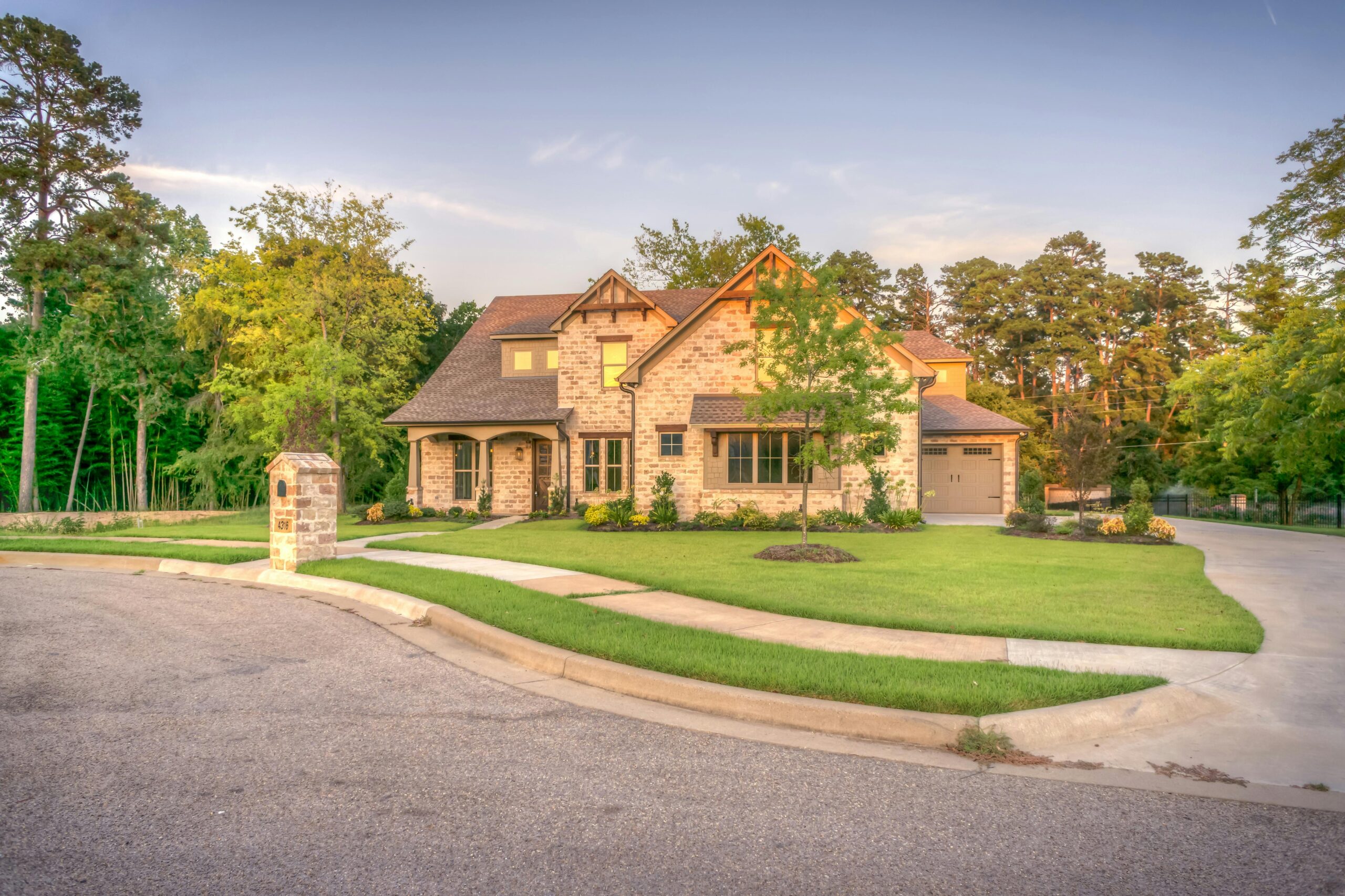While trees provide shade, beauty, and environmental benefits to your property, they can also pose significant risks to your roof when not properly maintained. Overhanging branches can scrape against shingles during windy conditions, potentially causing damage that compromises your roof’s integrity. Seasonal leaf debris accumulation in gutters can lead to water backup and moisture problems that affect both your roof and home’s foundation. Understanding the relationship between your trees and roof is essential for maintaining your home’s protective barrier and preventing costly repairs.
How Overhanging Branches Threaten Your Roof
Overhanging branches pose one of the most direct threats to your roof’s health and longevity. When branches extend over your roofline, they create multiple potential problems. During storms or high winds, these branches can scrape against your shingles, gradually wearing away the protective granules that shield your roof from UV rays and water infiltration. This continuous abrasion accelerates shingle deterioration and can significantly reduce your roof’s lifespan.
More concerning is the risk of branch breakage during severe weather. Heavy branches that snap during storms can puncture your roof, creating immediate openings for water entry and requiring emergency repairs. Even smaller branches falling repeatedly can cause cumulative damage that might not be immediately visible but can lead to leaks over time. The weight of snow-laden branches in winter months adds additional stress, as they can sag dangerously close to your roof surface or break entirely.
Another overlooked issue with overhanging branches roof problems is how they create ideal pathways for squirrels, raccoons, and other wildlife to access your roof. These animals may damage shingles and potentially find ways into your attic, creating both roof and interior damage. The shade from dense tree coverage also promotes moss and algae growth by keeping roof surfaces damp for longer periods, further degrading roofing materials.
The Hidden Dangers of Leaf Debris in Gutters
Leaf debris gutters are a common yet serious issue for homeowners with trees near their property. When fall arrives, leaves, needles, twigs, and seeds cascade onto your roof and eventually find their way into your gutter system. This natural debris buildup creates blockages that prevent proper water drainage, causing gutters to overflow during rainstorms.
When gutters can’t channel water away from your home, several problems occur. Water can back up under shingles, leading to rot in your roof decking and eventual leaks into your attic or living spaces. The added weight of water-soaked debris can also strain gutter fasteners, potentially causing sections to pull away from your home. During colder months, clogged gutters can contribute to ice dam formation as melting snow cannot properly drain, forcing water under shingles.
The moisture retention from leaf-filled gutters creates ideal conditions for mold and mildew growth, which can spread to roof components. Additionally, decomposing organic matter in gutters attracts insects and pests that may eventually find their way into your home. Overflowing gutters also direct water directly down your home’s exterior walls and around your foundation, potentially causing basement leaks and foundation damage that extend far beyond your roof concerns.
Proactive Tree Trimming for Roof Health
Regular tree trimming for roof health is one of the most effective preventive maintenance steps homeowners can take. Experts recommend maintaining a minimum clearance of 10 feet between tree branches and your roof surface. This distance helps eliminate direct contact during windy conditions while still allowing you to enjoy the aesthetic and shade benefits of your trees.
Professional arborists can assess which branches pose the greatest risk to your roof and implement proper trimming techniques that maintain tree health while protecting your home. Unlike DIY approaches, proper arborists understand how to make cuts that promote healing and prevent disease entry into trees. They can also identify potentially hazardous trees that may need complete removal before they pose catastrophic threats to your roof during storms.
Spring and fall are ideal seasons for scheduling tree maintenance, allowing you to address potential issues before severe winter weather or summer storm seasons. Developing a regular maintenance schedule with a qualified arborist ensures your trees remain an asset rather than a liability to your property. You can find qualified, insured tree care professionals through service directories like AskHomey, where verified reviews help identify reputable service providers in your area.
Creating a Comprehensive Plan for Preventing Tree Related Roof Damage
Effective strategies for preventing tree related roof damage extend beyond occasional trimming. A comprehensive approach includes regular roof and gutter inspections, especially after storms or high winds when trees damaging roof situations are most likely to occur. Installing gutter guards can help prevent leaf debris accumulation while still allowing water to flow freely through your drainage system.
Consider the species, growth patterns, and placement when planting new trees near your home. Fast-growing, brittle species or those known to drop significant debris should be positioned farther from your roofline. For existing trees, understand their typical lifespan and health indicators so you can address aging or diseased trees before they become hazards.
Document your tree maintenance efforts and keep records of professional assessments, as this information can be valuable for insurance purposes should tree damage occur despite your preventive efforts. Combining regular professional evaluations with your own seasonal observations creates a proactive approach to managing the relationship between your trees and your roof.
For more tips and to connect with reliable home service professionals, follow AskHomey on Facebook and Instagram.



